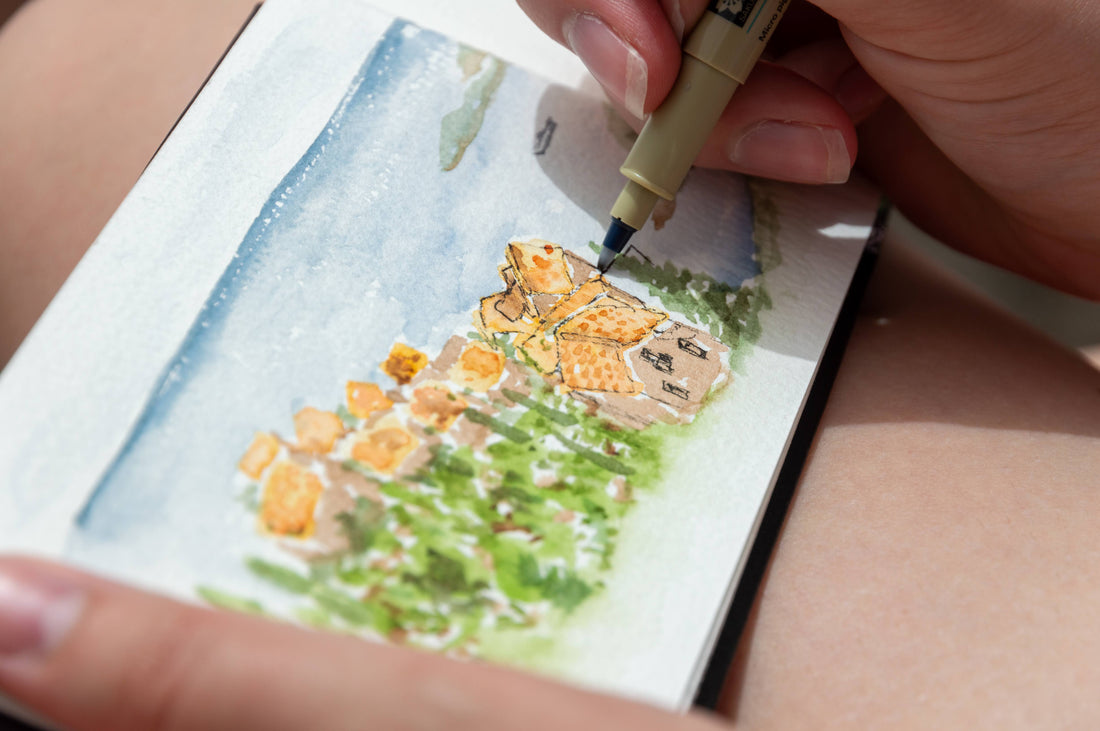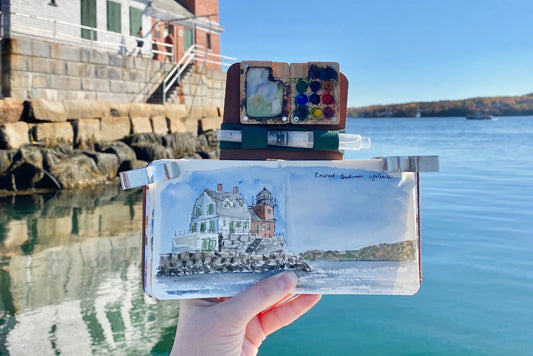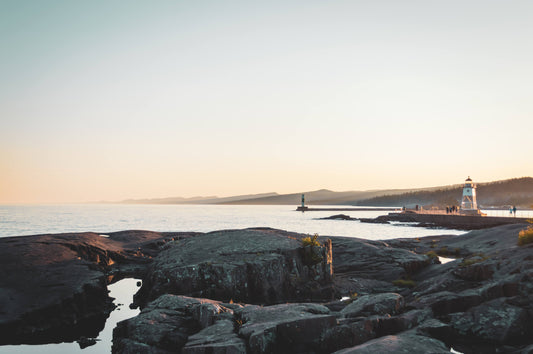
20 Watercolor Tips Every Beginner (and Beyond!) Should Know
Share
Watercolor painting is a beautiful, expressive medium–but it can also feel unpredictable and intimidating, especially when you’re just getting started. Whether you’re brand new to watercolor painting or looking to break out of a creative rut, these 20 watercolor tips will help you build confidence, experiment freely, elevate your painting skills, and bring the fun back into your creative process. These techniques and creative mindset shifts shared by my followers over on this Instagram post are perfect ideas for beginners and experienced artists alike!

Watercolor Tips:
1. Explore Different Styles
Try painting landscapes, florals, whimsical characters, or abstract designs. Switching styles helps you grow faster and find your unique voice.
2. Use Sketchbooks for Practice
Your sketchbook is a judgment-free zone. Don't like a page? Turn it and keep going. Every mistake is part of your growth! Want to start a sketchbook but not sure where to start? Learn how to start a watercolor sketchbook!
3. Learn to Mix Colors
Rather than using paint straight from the pan, mix your own shades. You'll get richer, more nuanced colors and a better understanding of your palette. Check out my masterclass on color theory to learn how to mix colors with purpose!
4. Base Your Color Mixing on One Hue
Start every mix using one base color (like indigo or burnt sienna). This creates a cohesive color palette and makes your entire piece feel unified.
5. Match Water to Sky in Landscapes
Painting a landscape? Use the same blue in your sky and water to create a natural, harmonious look.
6. Don't Overwork the Paint
Watercolor thrives on looseness. Resist the urge to overblend--your first few brushstrokes are often the most expressive.
7. Use Thinned Acrylic for Opaque Details
Need more vibrancy or coverage? Water down acrylic paint for bold, opaque touches without overpowering the softness of watercolor.
8. Combine Watercolor with Gouache
Use gouache to add opaque highlights or refine details. This mixed media approach adds depth and texture to any painting.
9. Use a White Gel Pen for Highlights
Once your painting is dry, add final details or tiny sparkles with a white gel pen. It's a great way to bring contrast and dimension into your watercolor work.
10. Add Gold or Silver Accents
A touch of metallic shimmer can transform a piece. Use gold or silver watercolor or gel pens to add sparkle and visual interest.
11. Use Mixed Media
Experiment with ink, acrylic, or pencil alongside watercolor. Mixed media adds texture, contrast, and endless creative opportunities.
12. Add Kosher Salt to Wet Paint
Sprinkle kosher salt onto wet watercolor and let it dry completely before brushing it off. You'll get magical effects--perfect for starry skies or shimmering water.
13. Go Beyond Two Layers
Don't stop at layer two--watercolor can handle more depth than you think. Adding more layers creates texture, value, and atmosphere.
14. Step Away from "Failed" Paintings
If you hate a finished piece, set it aside. Come back later with fresh eyes--you might be surprised by what you love after a break.
15. Work on Two Paintings at Once
While one painting dries, work on another. This keeps you in the creative zone without rushing your layers.
16. Speed Up Dry Time with a Mini Fan
Waiting for layers to dry can slow your momentum. A small, high-powered fan speeds up the process so you can keep painting without long pauses.
17. Try That Reel You Saved
See a fun technique on social media? Don't just scroll--try it! Recreating tutorials can help you learn faster and spark new ideas.
18. Paint Daily (Even Just a Little!)
Consistency matters more than perfection. Daily painting builds confidence, improves muscle memory, and helps you develop your artistic voice. Want to focus on painting without the pressure of drawing first? That's exactly why I created my Watercolor Workbooks and Paint Me! Pages!
19. Take Your Time
Let your layers dry. Step back to evaluate. Give yourself permission to slow down and be intentional with your art. Don't like something you painted and want to redo it? You can actually erase watercolor paint!
20. Don't Be Afraid to Play
Sometimes the best results come from spontaneous, intuitive painting. Trust yourself and enjoy the process!
Final Thoughts
These watercolor tips for beginners and beyond are all about giving yourself the freedom to explore, learn, and enjoy the creative process. Whether you’re layering color, mixing your own palette, or sprinkling salt for a little magic, every brushstroke brings you closer to finding your style.
Want more tips and tutorials? Follow along on my YouTube channel where I share watercolor demonstrations, sketchbook sessions, and creative challenges to keep your inspiration flowing.
Happy Painting!



